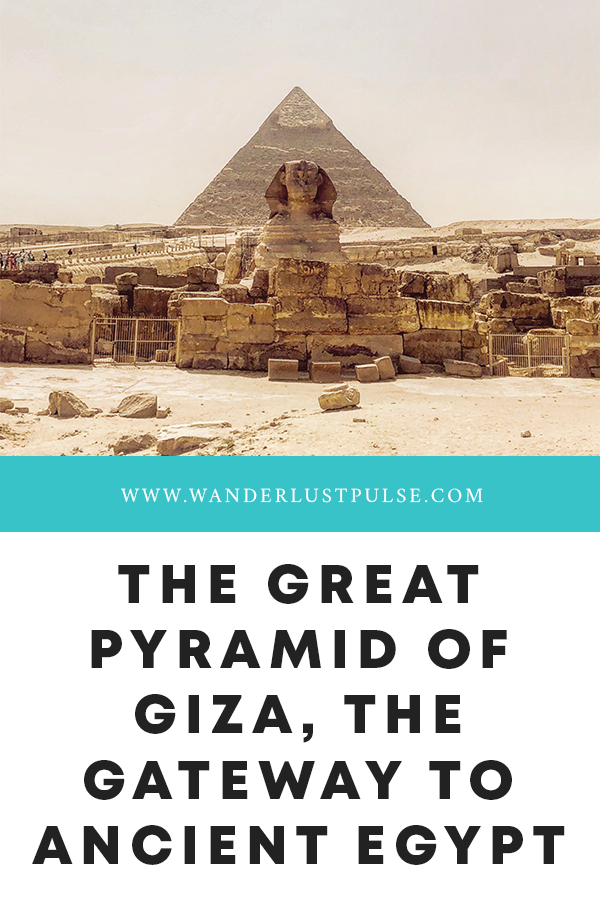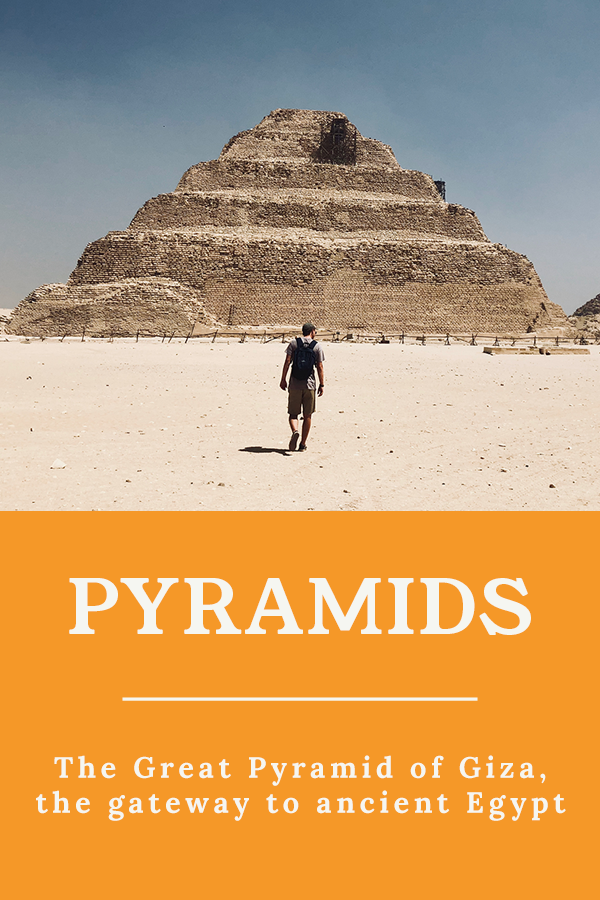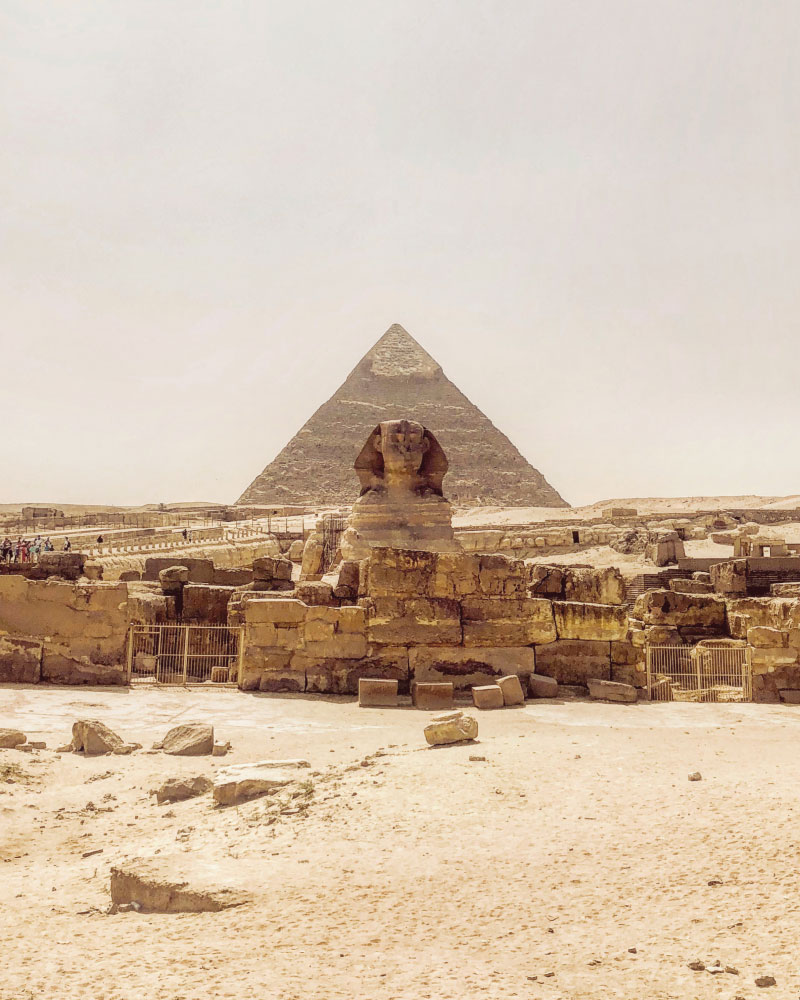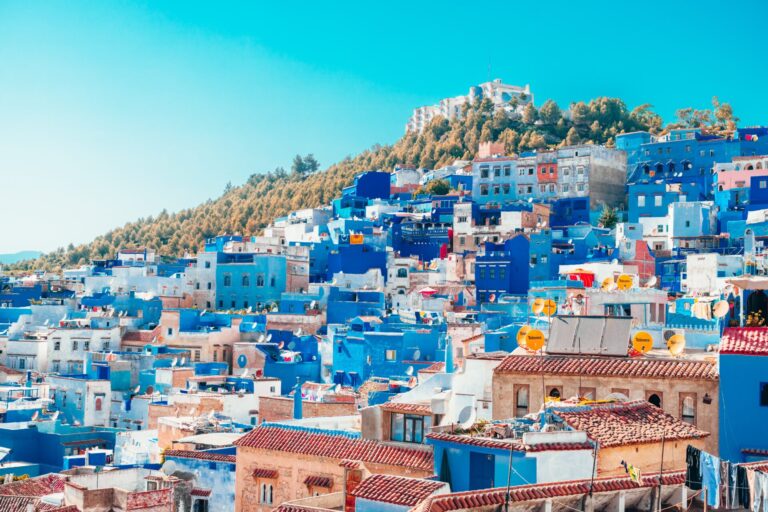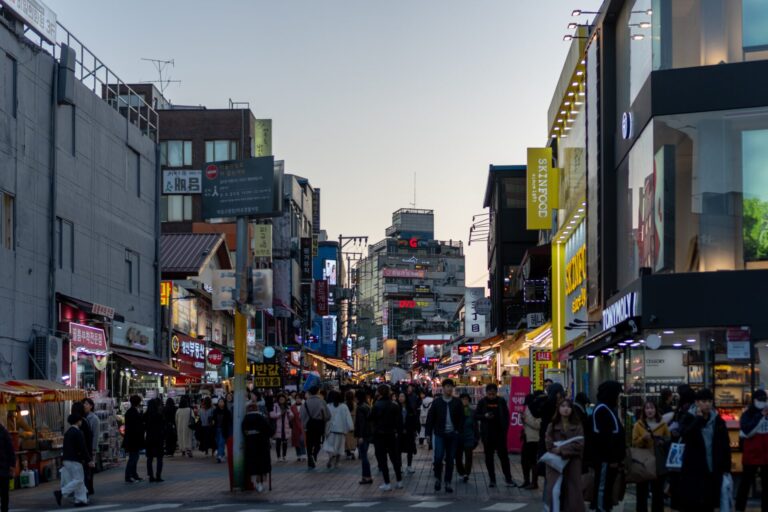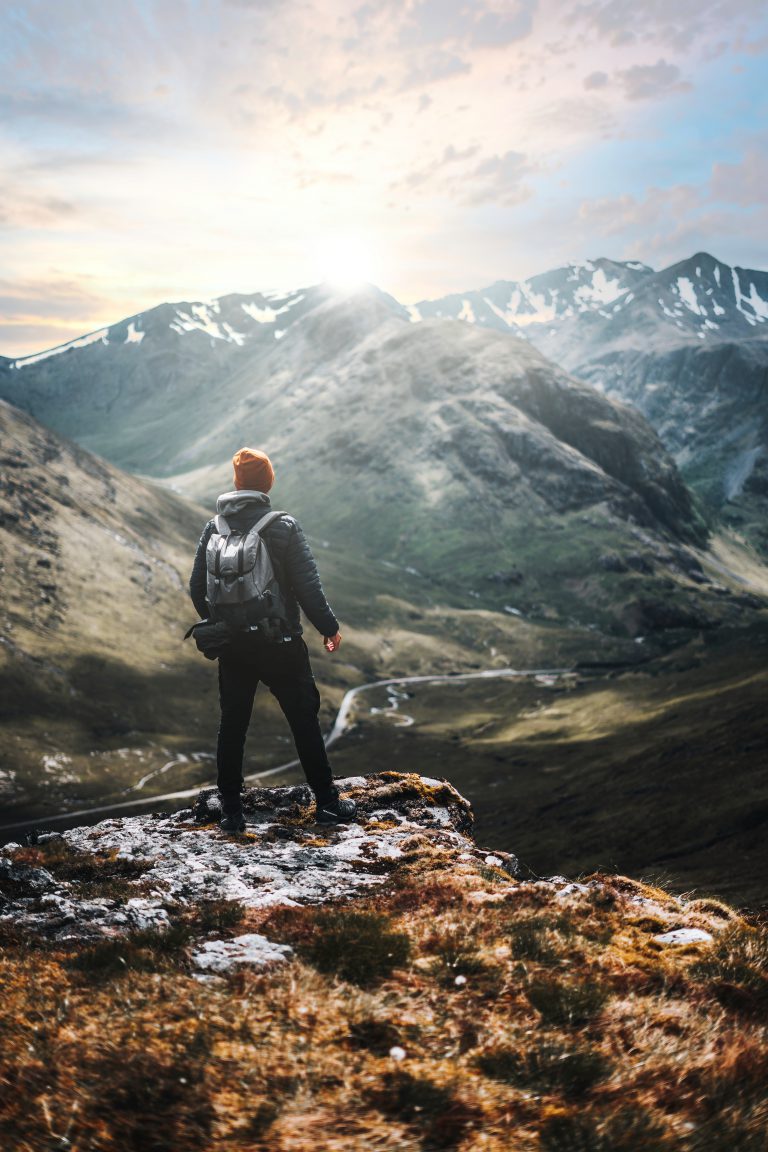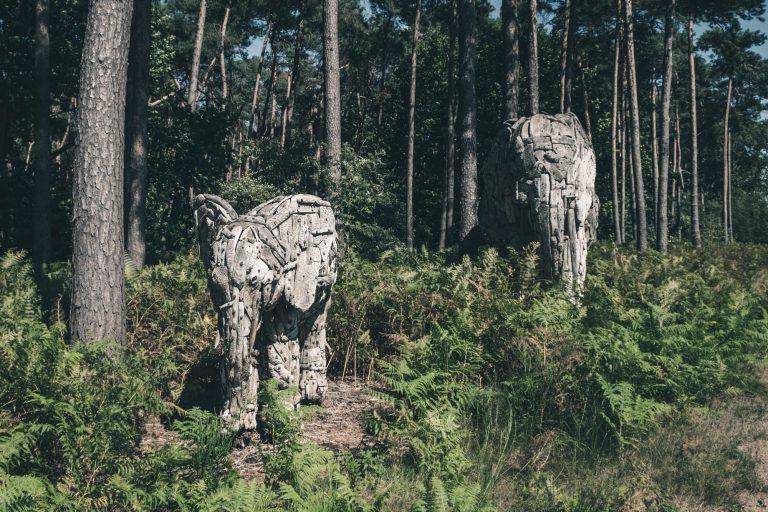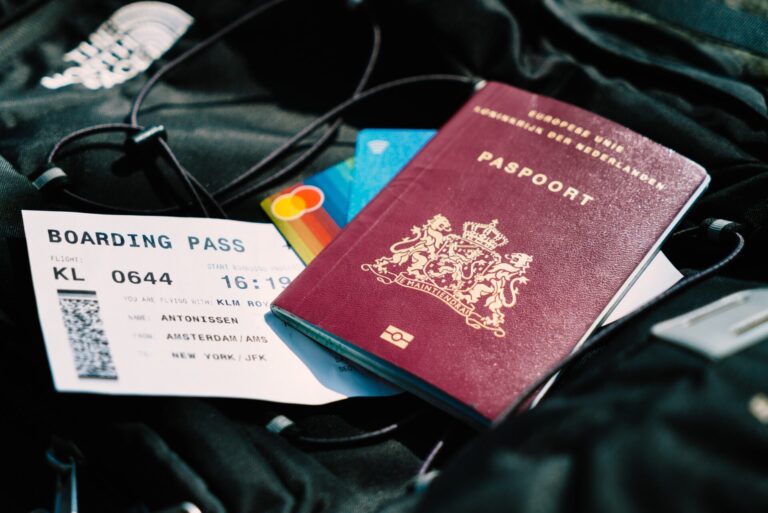The Great Pyramid of Giza, the gateway to ancient Egypt
During one of his adventures, New Zealand travel photographer Cam Stables passed by the only surviving wonder of the ancient world: The Great Pyramid of Giza. This is where he discovered the history and construction capabilities of the ancient Egyptians.
About The Great Pyramid of Giza
Over 4600 years ago, when Memphis was still the capital of Egypt, the city of Giza served as one of the burial grounds for the pharaohs and royals, housing the Giza Pyramid complex. This ancient burial site includes the three impressive pyramids (The Khufu, Khafre, and Menkaure Pyramids) and the Great Sphinx of Giza.
The Great Pyramid is perhaps the most recognizable structure in the world and is a major tourist attraction since it has been listed as part of a UNESCO World Heritage Site. The stone structure still stands proud and has outlasted all the other Wonders of the Ancient World.
The Great Pyramid of Giza was built in the 26th century BC in honor of pharaoh Khufu (also known as Cheops) and was meant to prepare the pharaoh for the next world in the hope of making him a god in his afterlife.
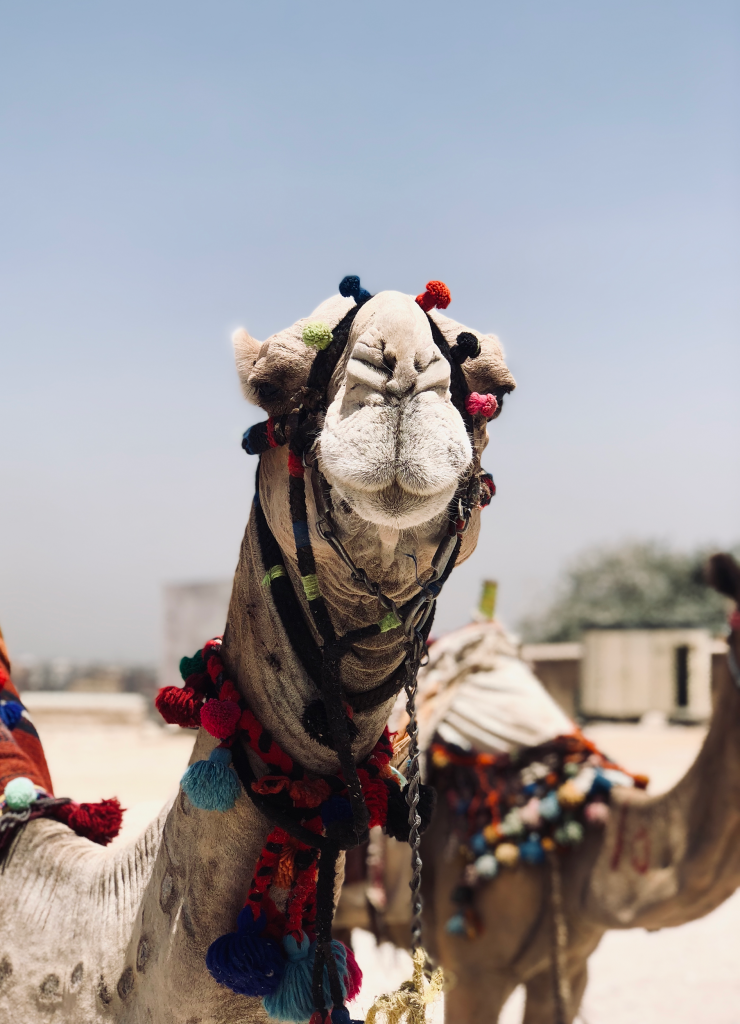
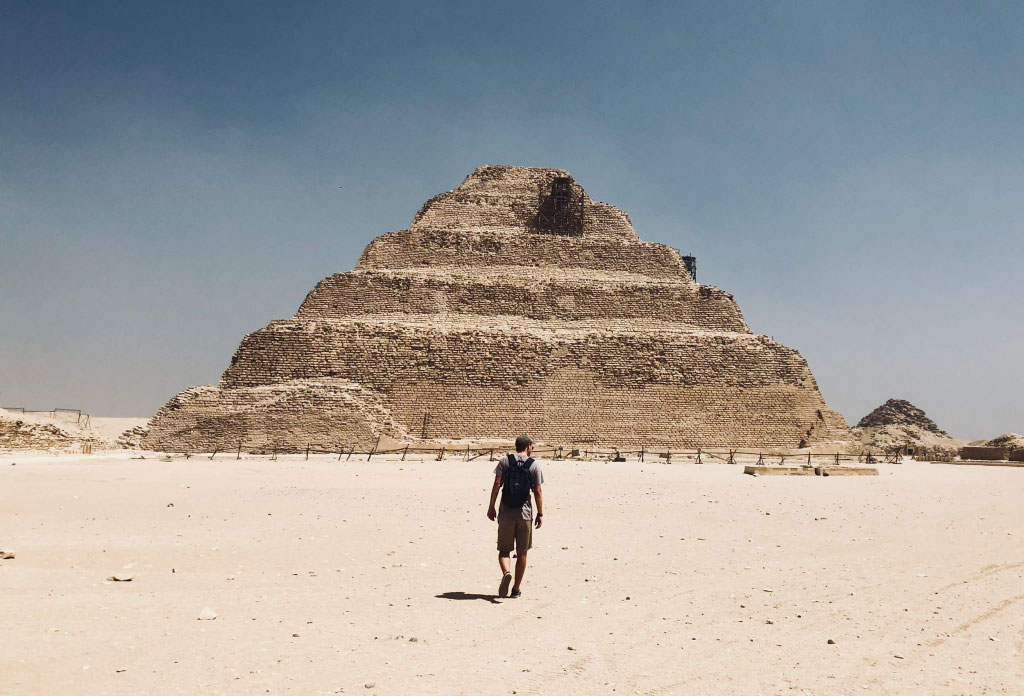
This is actually why the ancient Egyptians erected massive temples and pyramid tombs filled with treasures: they believed these were all the things the rulers would need to guide themselves and survive in the next world. They even ensured the Giza Pyramid Complex was perfectly aligned to the constellation Orion to connect them better with the gods.
The exact method used to construct these million-ton Pyramids remains a mystery despite a multitude of theories, some of which are more believable than others. To put their admirable work into perspective, even if we wanted to build the pyramids today with the help of trucks, bulldozers, and cranes. It would still take us a few years to construct a tomb of the same size.
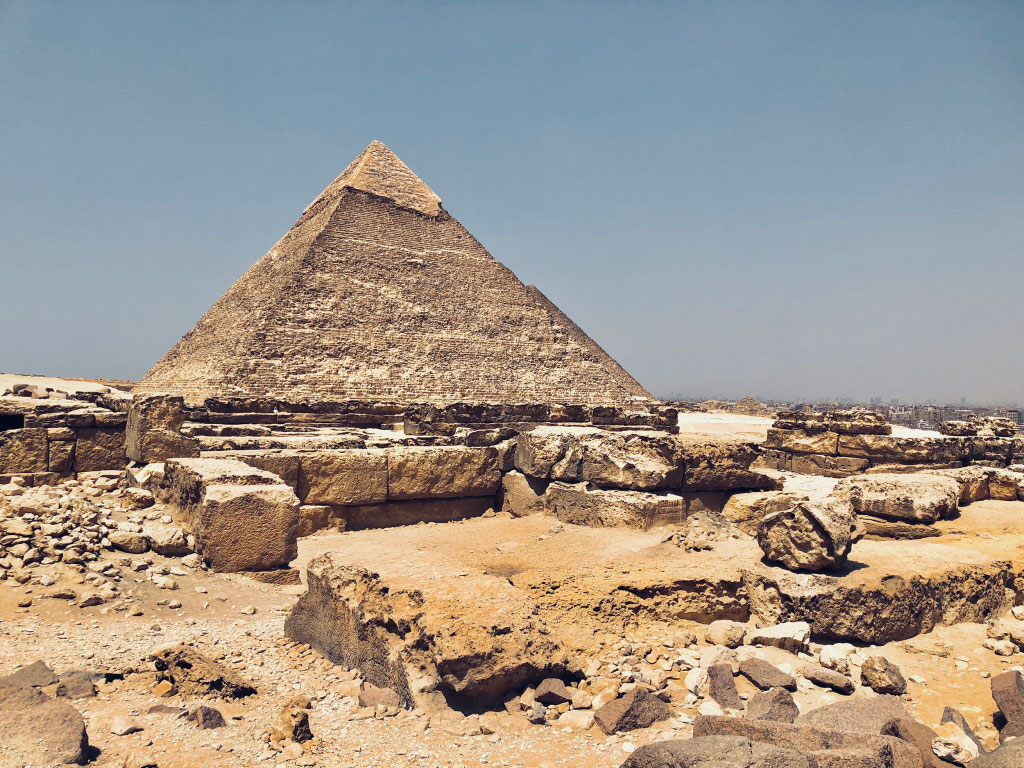
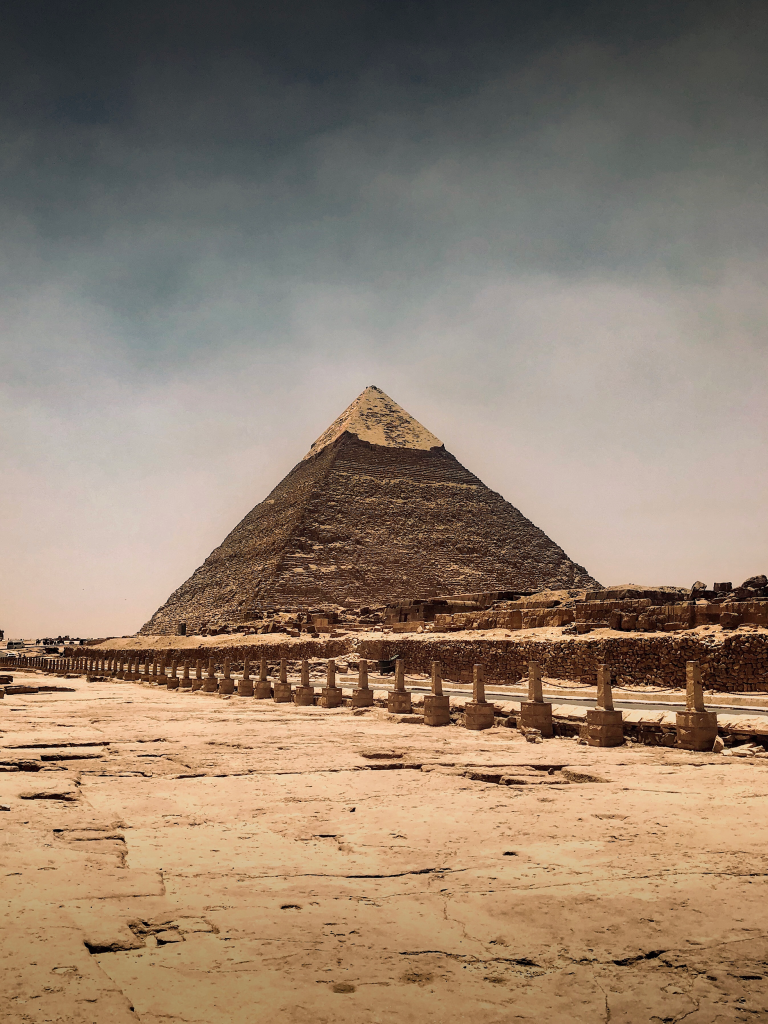
The ancient Egyptians transported blocks weighing over 2.5 tons from Aswan, 800 kilometers away, without the use of any machinery. Then, they dragged and lifted these stones into the structure, making it an amazing tribute to their royals.
It was believed that slaves were used to building these pyramids, but more recent discoveries have led to theories that the builders were skilled, well-fed Egyptian workers who lived in a nearby temporary city.
During both ancient and modern times, tomb robbers and vandals removed most of the bodies and treasures from Egypt’s pyramids, after which they stripped the pyramids of their smooth white limestone coverings as well.
Millions of tourists continue to visit the pyramid complex each year to admire the architecture and grandeur of Egypt’s glorious past.
About the shot
Cam Stables made the conscious decision to only bring his iPhone 8 Plus for his trip to Egypt, because using an iPhone for photography is a great way to not only keep travel gear super light, but also test your skills before investing in an expensive SLR Camera.
Without the advantage of a good quality lens and no real depth of field or quality zoom, more of his time had to be spent on the image’s composition. Being able to master composition will not only help you capture great photos on any quality camera but will also push you to become a more creative photographer, which can benefit you hugely when you do eventually decide to invest in a more advanced camera.
“For 6 months – while I was traveling the world – I chose to keep my gear super lightweight, this so I could enjoy and experience my trips, without any worry about expensive camera gear whilst traveling through some dodgier parts of the world.”
Gear
Settings
- Shutter speed: 1/5348
- ISO: 20
- Aperture: f/1.8
Software
- Lightroom Mobile
Often when visiting a famous monument, the trick is to get up early and beat the crowds. However, everyone else had the same idea at the pyramids because it’s too hot in the afternoon. Therefore we decided to visit some of the other nearby sights first, before getting to Giza in the afternoon. This gave us a bit more space to explore these incredible ancient structures and fully immerse ourselves in the wonder of Egypt’s majestic history.
About Cam Stables
Cam Stables is a travel photographer from New Zealand with a passion for exploring and experiencing all the amazing wonders our planet has to offer.
Save for later …
